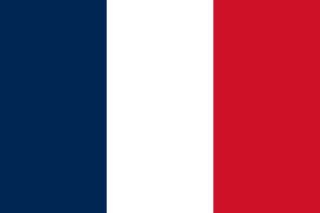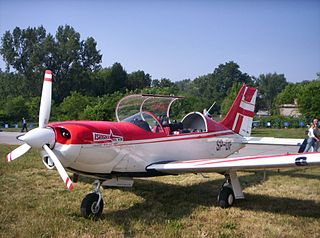| Edelweiss | |
|---|---|
| Role | Utility aircraft |
| Manufacturer | Homebuilt |
| Designer | Roland T. Duruble |
| First flight | 7 July 1962 |
| Number built | at least 10 by 1985 |
The Duruble Edelweiss is a light utility aircraft designed in France in the early 1960s and marketed for homebuilding. It is a low-wing cantilever monoplane with retractable tricycle undercarriage and all-metal construction. The aircraft was designed for a load factor of 9. [1] Two- and four-seat versions were designed. The aircraft's creator, Roland Duruble flew the first example, a two-seater designated RD-02 in 1962, and in 1970 began to market plans for a stretched version with a rear bench seat as the RD-03. Over the next 15 years, 56 sets of plans had been sold, and at least nine Edelweisses finished and flown. In the 1980s, Duruble marketed an updated version of his original two-seater as the RD-02A, and sold around seven sets of plans, with at least one aircraft flying by 1985.

France, officially the French Republic, is a country whose territory consists of metropolitan France in Western Europe and several overseas regions and territories. The metropolitan area of France extends from the Mediterranean Sea to the English Channel and the North Sea, and from the Rhine to the Atlantic Ocean. It is bordered by Belgium, Luxembourg and Germany to the northeast, Switzerland and Italy to the east, and Andorra and Spain to the south. The overseas territories include French Guiana in South America and several islands in the Atlantic, Pacific and Indian oceans. The country's 18 integral regions span a combined area of 643,801 square kilometres (248,573 sq mi) and a total population of 67.3 million. France, a sovereign state, is a unitary semi-presidential republic with its capital in Paris, the country's largest city and main cultural and commercial centre. Other major urban areas include Lyon, Marseille, Toulouse, Bordeaux, Lille and Nice.

A cantilever is a rigid structural element, such as a beam or a plate, anchored at one end to a support from which it protrudes; this connection could also be perpendicular to a flat, vertical surface such as a wall. Cantilevers can also be constructed with trusses or slabs. When subjected to a structural load, the cantilever carries the load to the support where it is forced against by a moment and shear stress.

A monoplane is a fixed-wing aircraft with a single main wing plane, in contrast to a biplane or other multiplane, each of which has multiple planes.



















